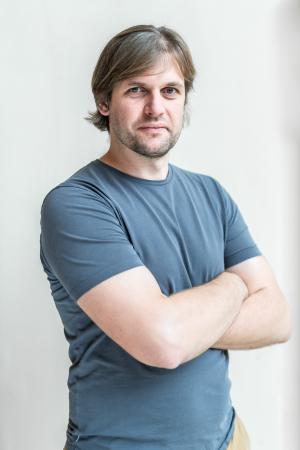
Michael Komm
Michael Komm & Petr Vondracek
Institute of Plasma Physics of the Czech Academy of Sciences
Tuesday, March 19, 2024
12:00pm
NW17-218 Hybrid
Abstract: We present an overview of the priority topics for the physics programme of the future high field tokamak COMPASS Upgrade, namely: (i) characterisation of alternative confinement modes, (ii) power exhaust including liquid metals, (iii) operation with hot first wall and (iv) influence of plasma shape on pedestal stability and confinement. The main scenarios are predicted by METIS and FIESTA codes. Pedestal pressure and density are estimated using EPED, multi-machine semi-empirical scalings and a neutral penetration model. Access to detachment is estimated using a detachment qualifier.
COMPASS Upgrade is a medium-scale tokamak (R = 0.9 m, Bt = 5 T, Ip = 2 MA) under construction at the Institute of Plasma Physics of the Czech Academy of Sciences in Prague, Czech Republic. We present the main design features of the machine together with an overview of the up-to-date status of the COMPASS Upgrade project.
Bio: Michael Komm is leading the High-Temperature plasma physics department at the Institute of Plasma Physics of the Czech Academy of Sciences in Prague, Czech republic. In his research, he originally utilised Particle-In-Cell simulations to investigate the interaction of plasma with plasma-facing components in tokamaks. In recent years, he focused on the physics of detachment including ELM buffering experiments. He received his master and doctoral degrees in plasma physics at the Charles University in Prague and a second master degree at Ghent University within the Erasmus Mundus Master in Nuclear Fusion programme.
Petr Vondracek is a deputy leader of the Technological development department at IPP and he is leading the Engineering group consisting of mechanical designers and FEM analysts. In his research, he was originally focused on the study of plasma heat loads to tokamak first wall using infrared thermography. He received his master's degree in thermonuclear fusion physics and technology at the Czech Technical University and doctoral degree in plasma physics at the Charles University in Prague.